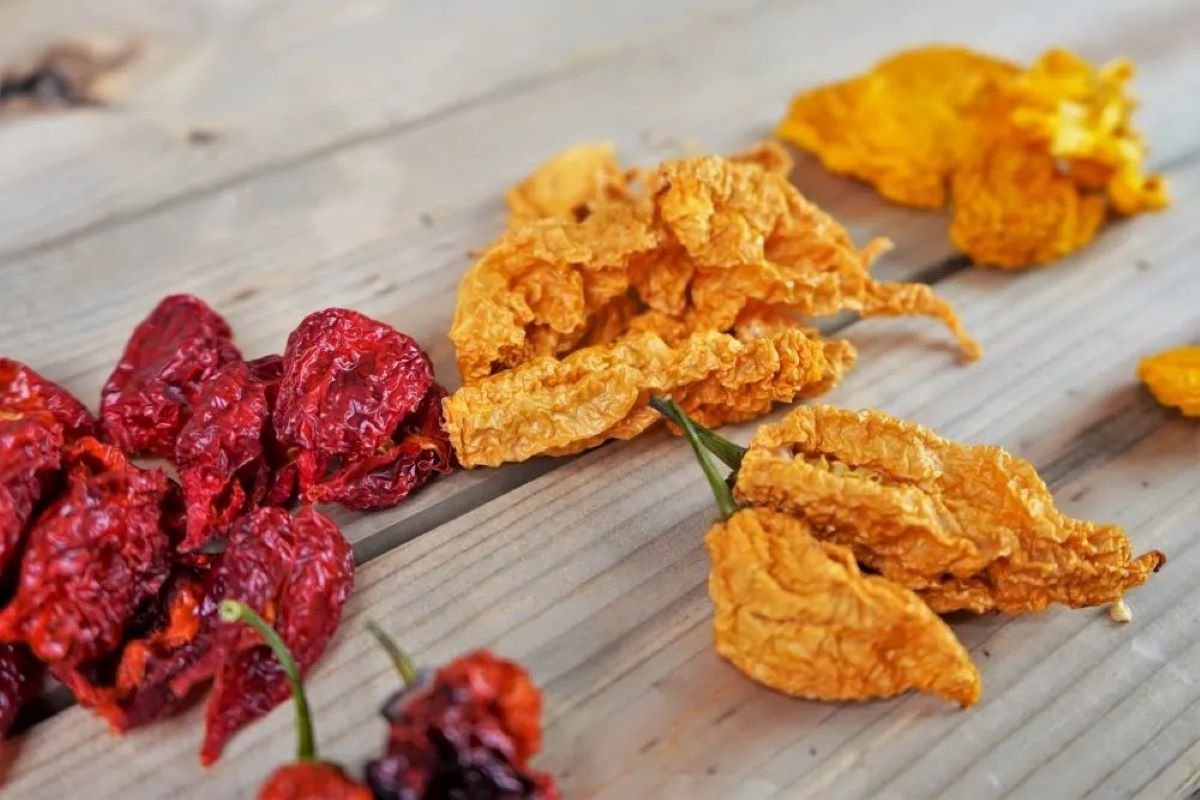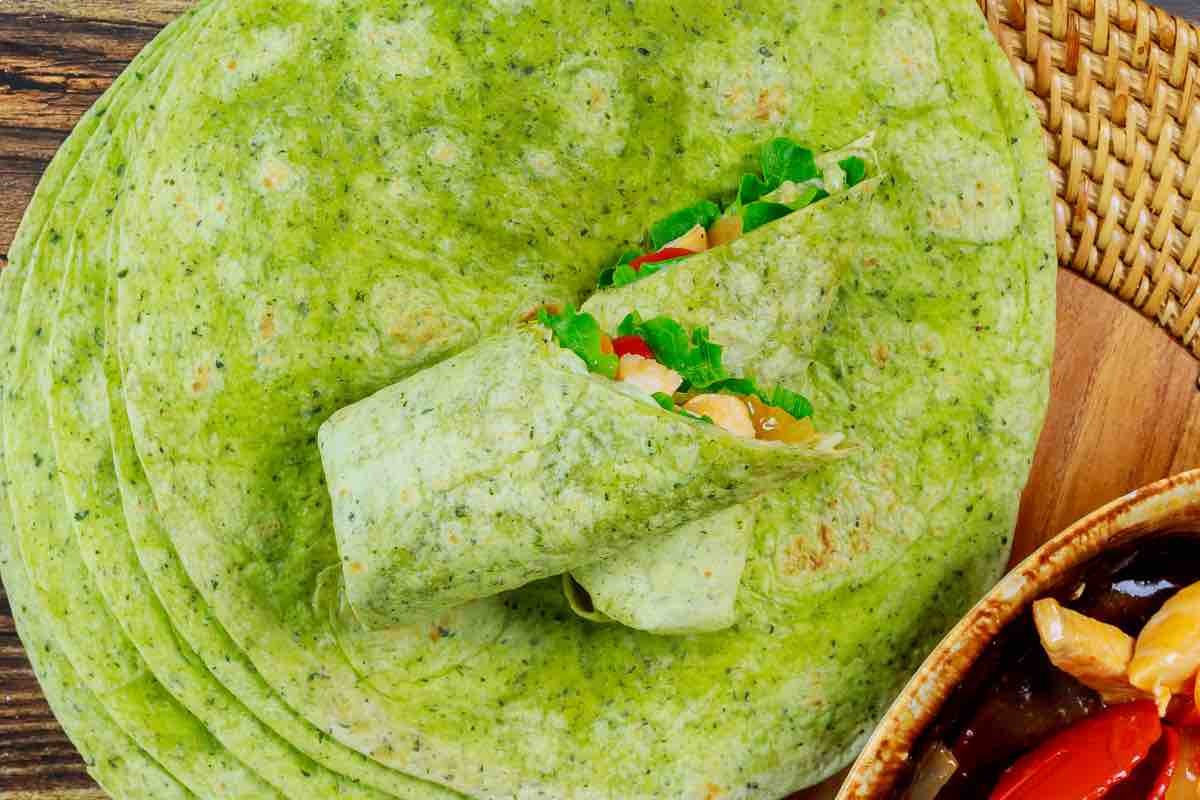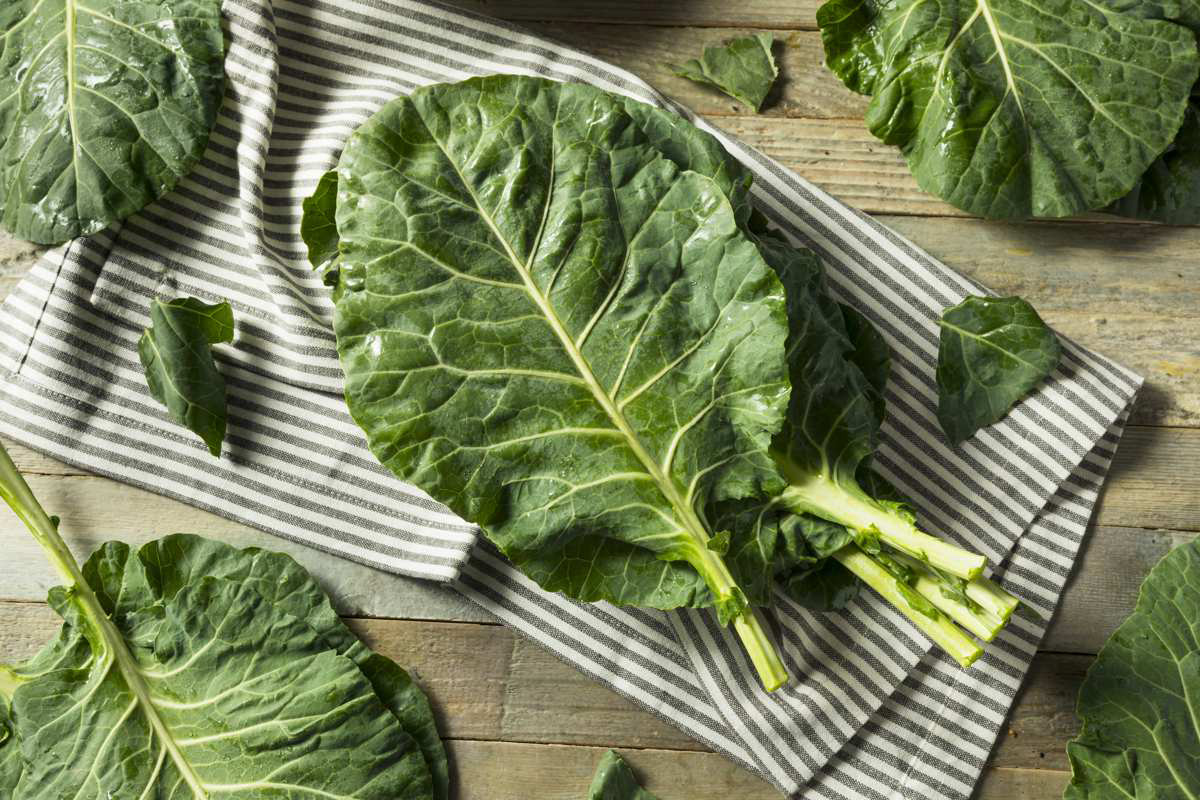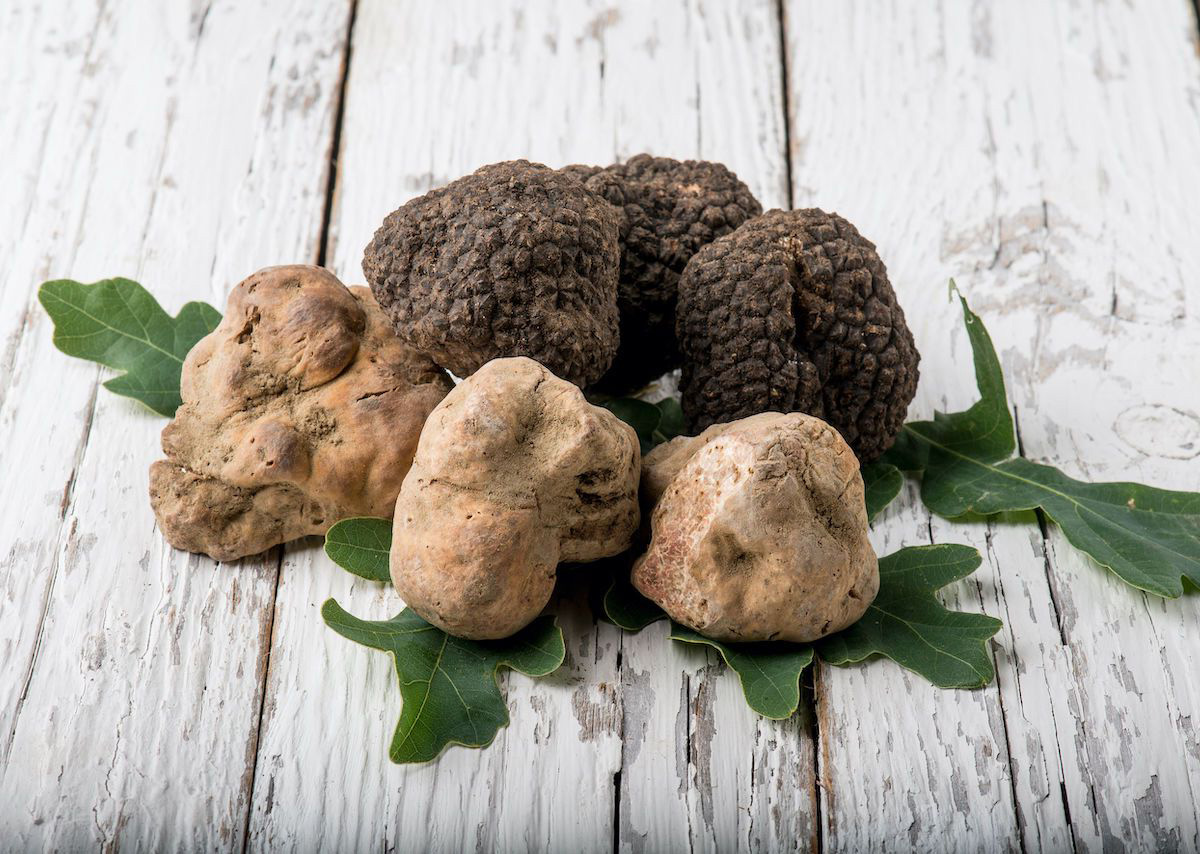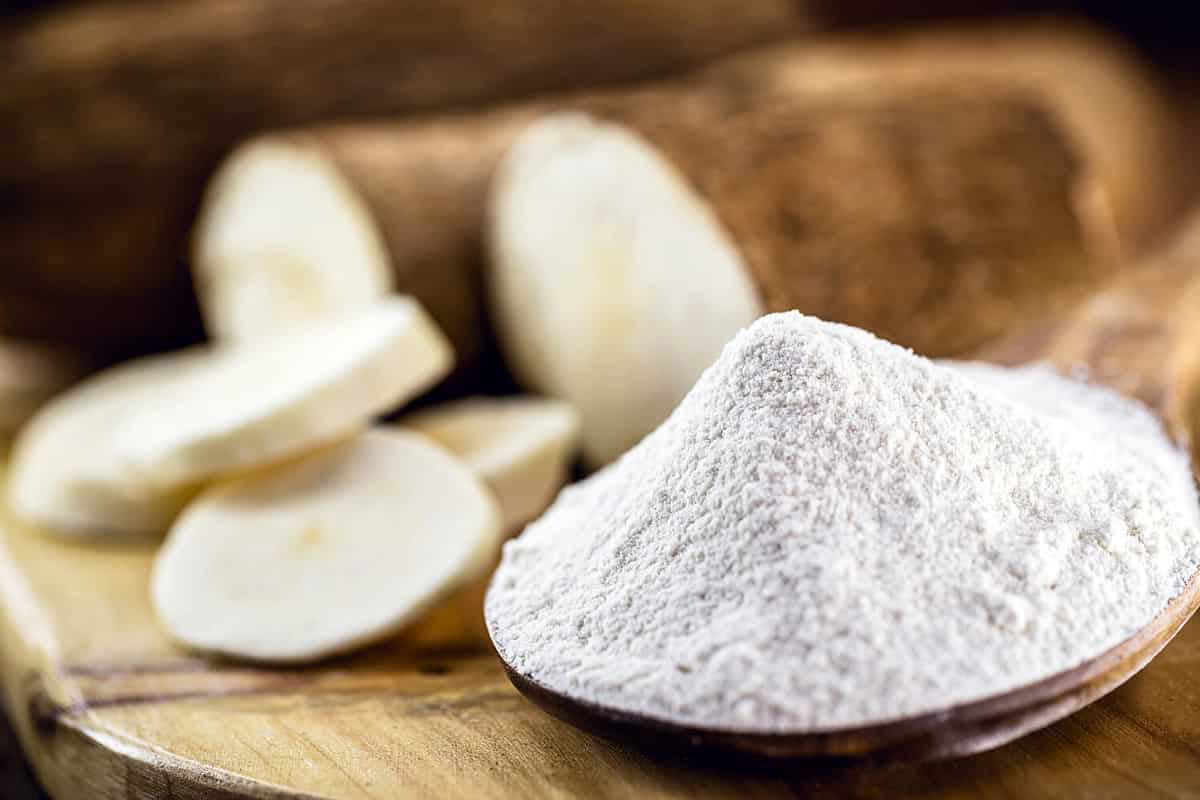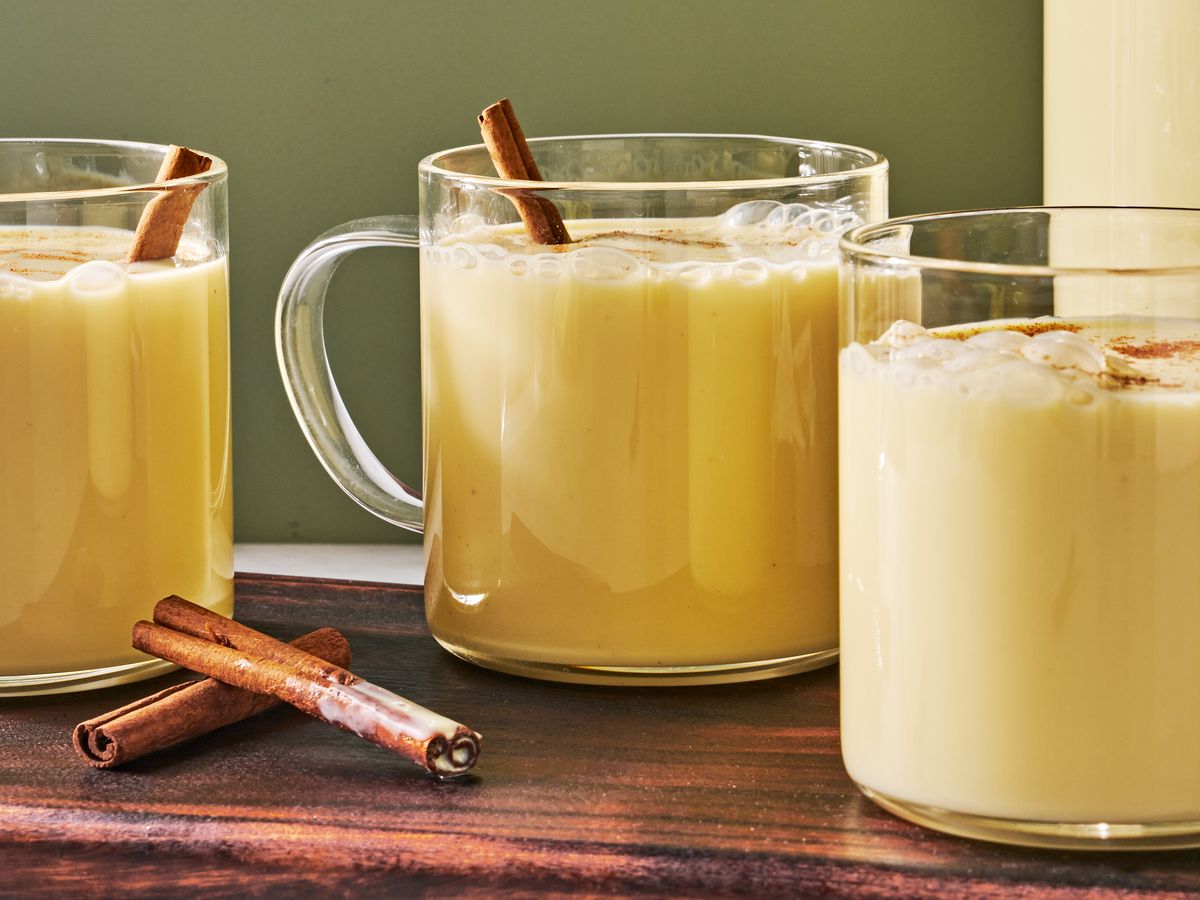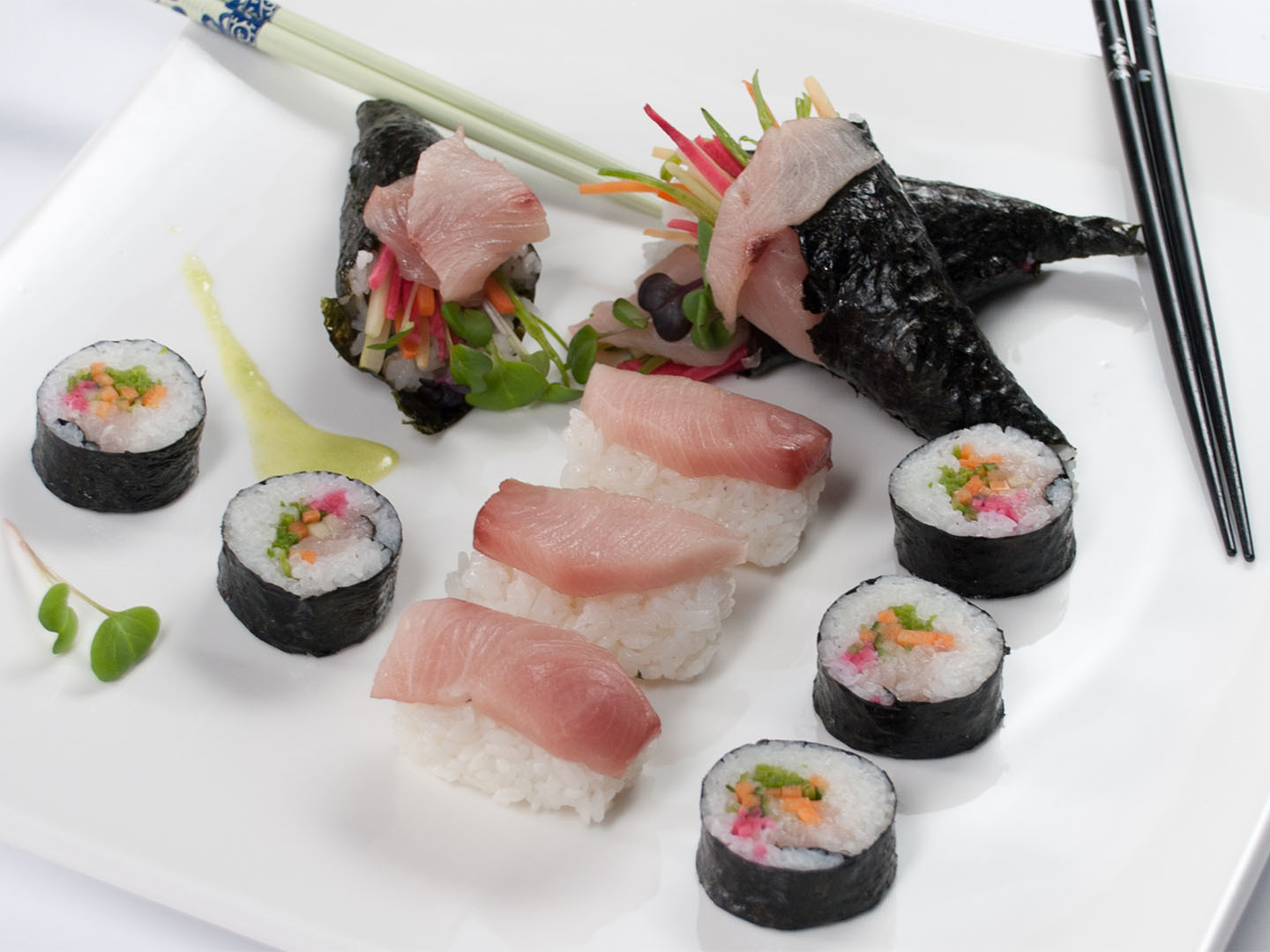When it comes to adding a burst of flavor to your favorite dishes, coarse-grain mustard is a condiment that stands out for its unique texture and taste. But what exactly is coarse-grain mustard, and how can you use it to elevate your culinary creations? Let's dive into the world of this versatile condiment and explore its origins, uses, and benefits.
What Is Coarse-Grain Mustard?
Coarse-grain mustard, also known as whole-grain mustard, is a type of mustard that contains whole mustard seeds, giving it a distinctive coarse texture. Unlike traditional smooth mustard, which is made from finely ground mustard seeds, coarse-grain mustard retains the integrity of the seeds, adding a delightful crunch and visual appeal to the condiment.
The Origins of Coarse-Grain Mustard
The history of coarse-grain mustard can be traced back to ancient civilizations, where mustard seeds were prized for their culinary and medicinal properties. Over time, different regions developed their own variations of mustard, with some opting to keep the seeds intact to create a textured condiment that adds depth to dishes.
How Is Coarse-Grain Mustard Made?
The process of making coarse-grain mustard begins with soaking mustard seeds in a liquid, such as vinegar or wine, to soften them. Other ingredients, such as salt, sugar, and spices, are then added to create a flavorful blend. The mixture is left to mature, allowing the flavors to meld and develop. The result is a condiment with a robust, slightly spicy flavor and a satisfying crunch from the whole mustard seeds.
Culinary Uses of Coarse-Grain Mustard
Coarse-grain mustard is a versatile condiment that can be used in a variety of culinary applications. Here are some popular ways to incorporate it into your cooking:
-
Marinades and Sauces: Use coarse-grain mustard as a base for marinades and sauces for meats, seafood, and vegetables. Its texture and flavor add complexity to the dish, enhancing the overall taste.
-
Sandwiches and Wraps: Spread a layer of coarse-grain mustard on sandwiches and wraps to add a zesty kick and a delightful crunch. It pairs well with deli meats, cheeses, and fresh vegetables.
-
Salad Dressings: Create tangy and flavorful salad dressings by combining coarse-grain mustard with vinegar, oil, and herbs. The seeds add a pop of texture to your salads, making them more interesting and satisfying.
-
Glazes for Roasts: Use coarse-grain mustard as a glaze for roasts, such as ham or pork. The condiment caramelizes beautifully, creating a flavorful crust and adding visual appeal to the dish.
Health Benefits of Coarse-Grain Mustard
In addition to its culinary appeal, coarse-grain mustard offers several health benefits. Mustard seeds are rich in antioxidants and minerals, and they have been associated with various health-promoting properties. When consumed in moderation, coarse-grain mustard can be a flavorful and nutritious addition to your diet.
In Conclusion
Coarse-grain mustard is a condiment that adds texture, flavor, and visual interest to a wide range of dishes. Whether you're a seasoned chef or an amateur cook, incorporating this versatile condiment into your culinary repertoire can elevate your creations and delight your taste buds. So, the next time you're looking to add a burst of flavor to your meals, reach for a jar of coarse-grain mustard and let your creativity soar.
Was this page helpful?
Read Next: What Is Chicory Food?
